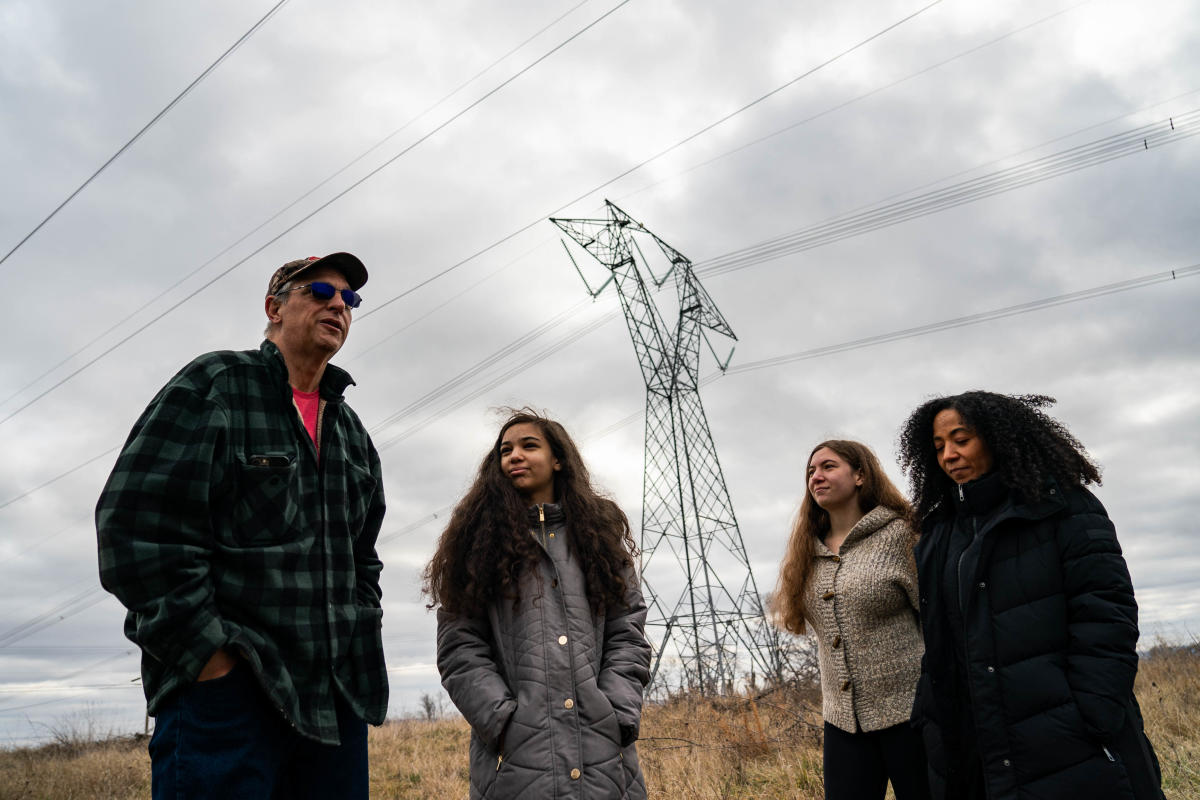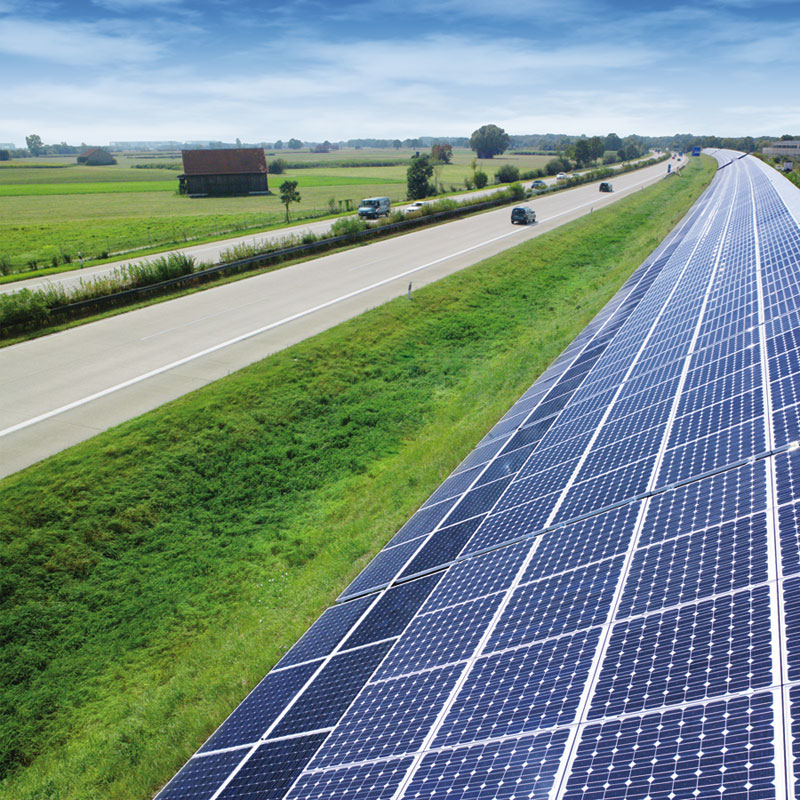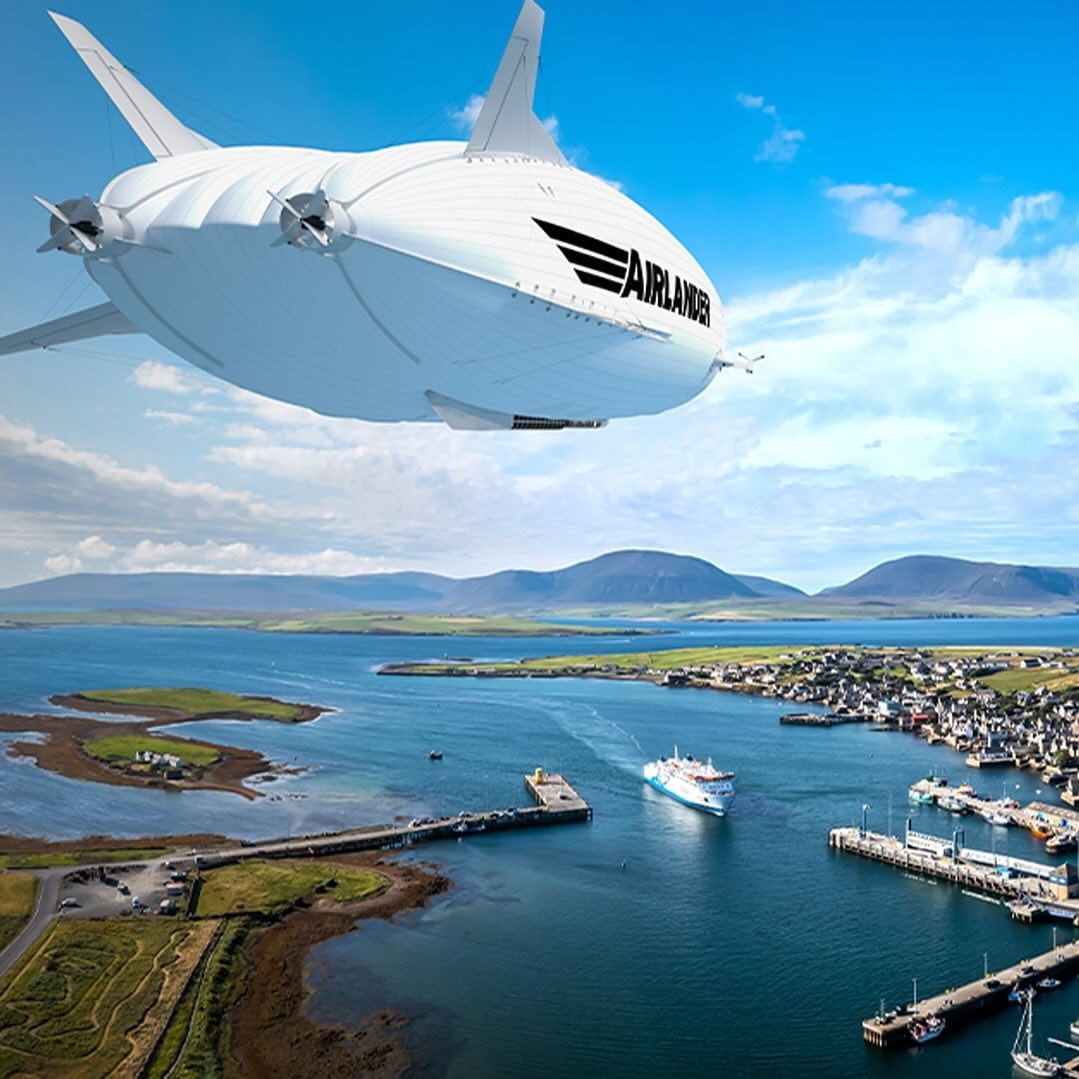andy92782
Member

Internet data centers are fueling drive to old power source: Coal
- - - Correction: A previous version of this article incorrectly reported that Prince William County receives $400 million annually in taxes on the computer equipment inside data centers. It receives $100 million annually. In addition, the article incorrectly stated that two FirstEnergy plants...
There, massive data centers with computers processing nearly 70 percent of global digital traffic are gobbling up electricity at a rate officials overseeing the power grid say is unsustainable unless two things happen: Several hundred miles of new transmission lines must be built, slicing through neighborhoods and farms in Virginia and three neighboring states. And antiquated coal-powered electricity plants that had been scheduled to go offline will need to keep running to fuel the increasing need for more power, undermining clean energy goals.






